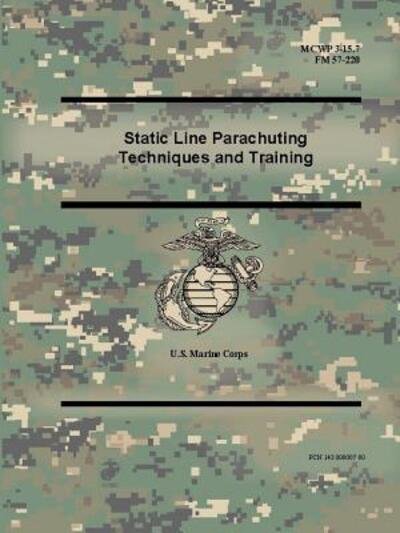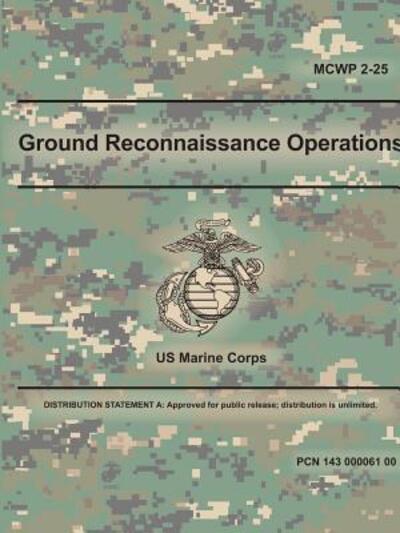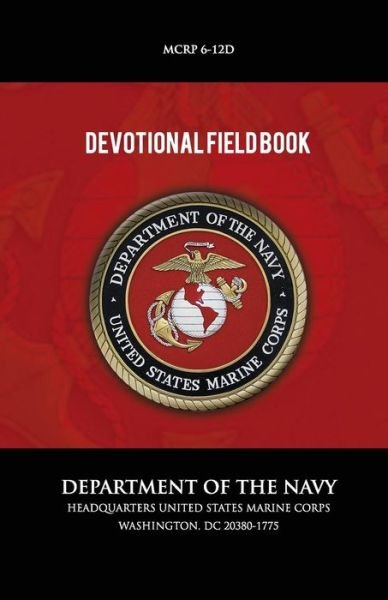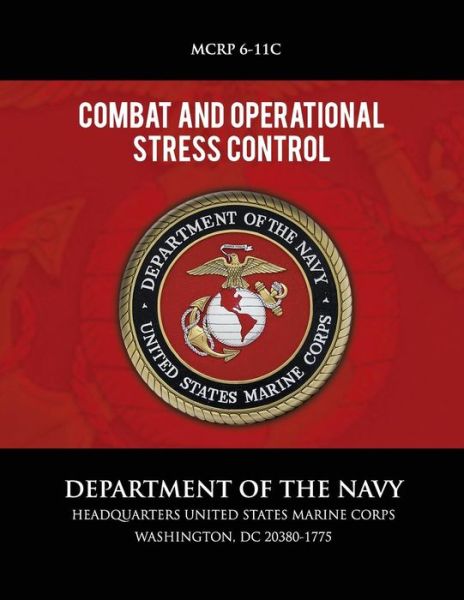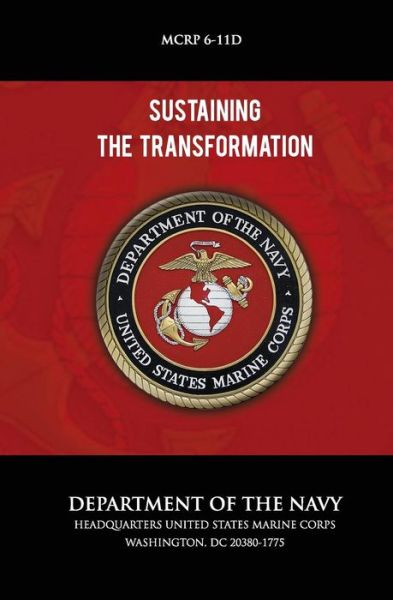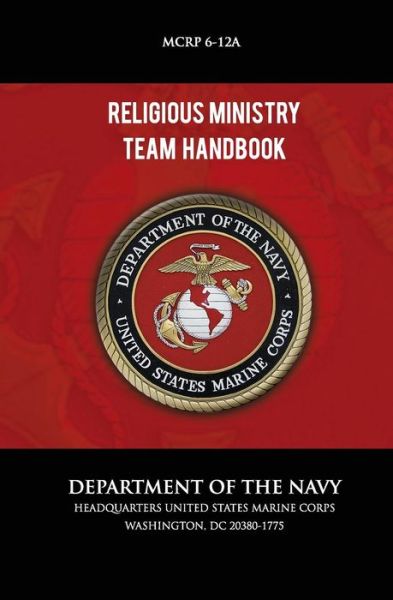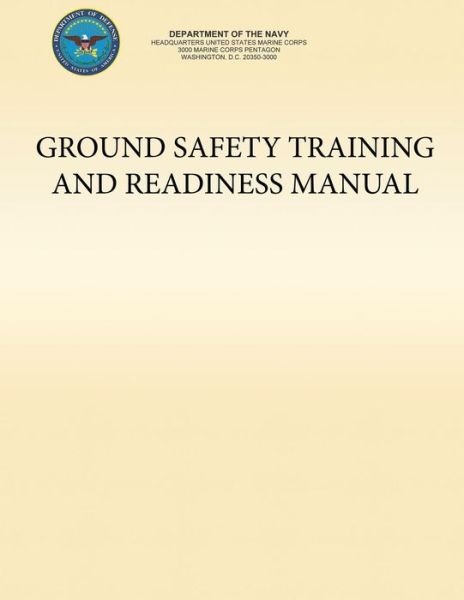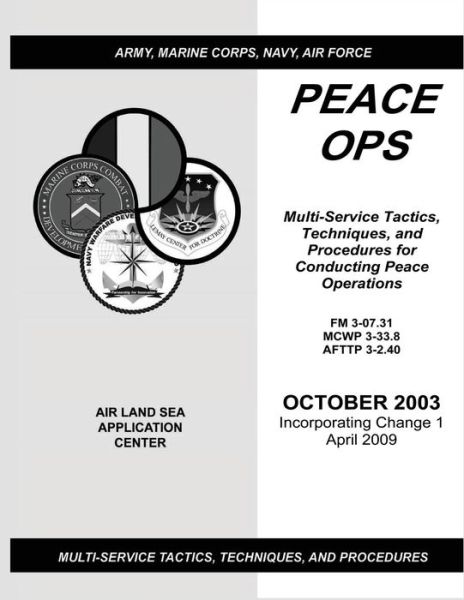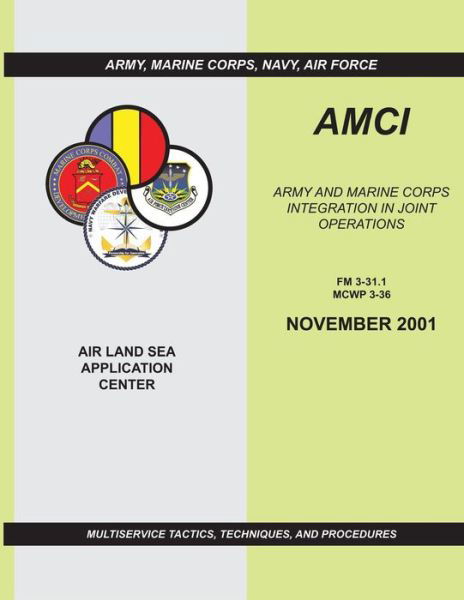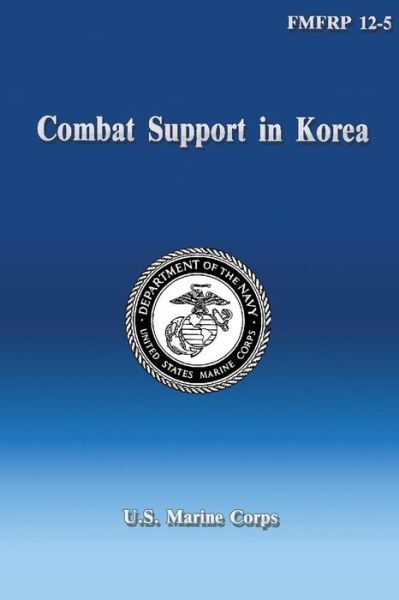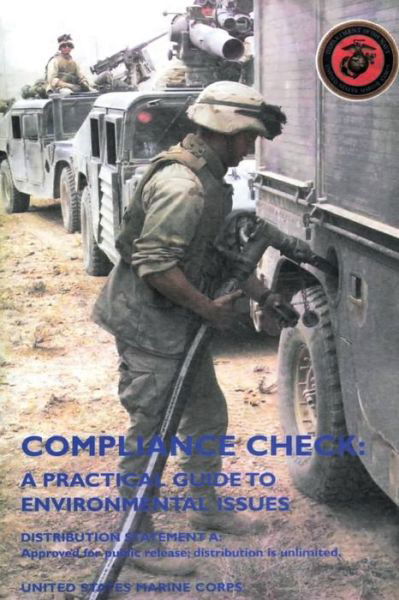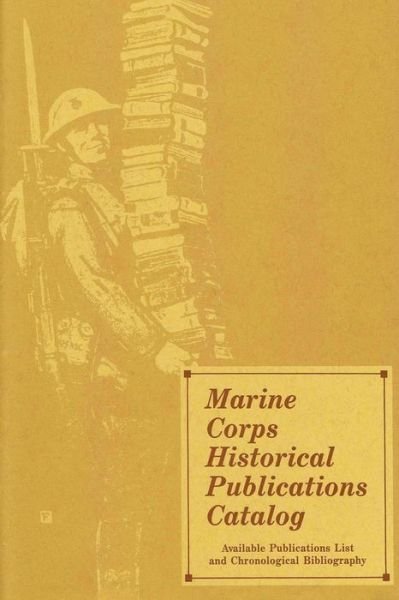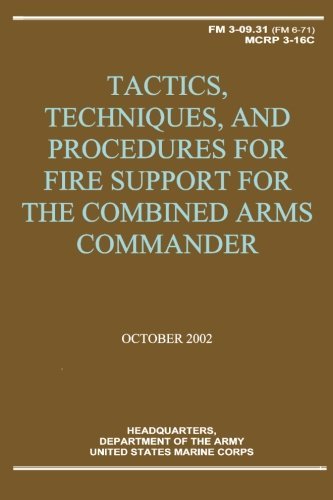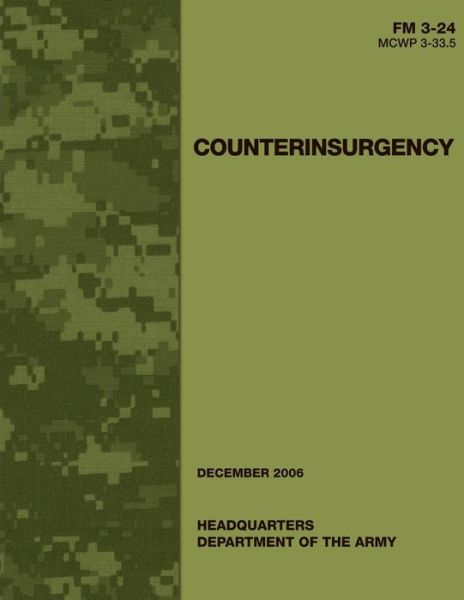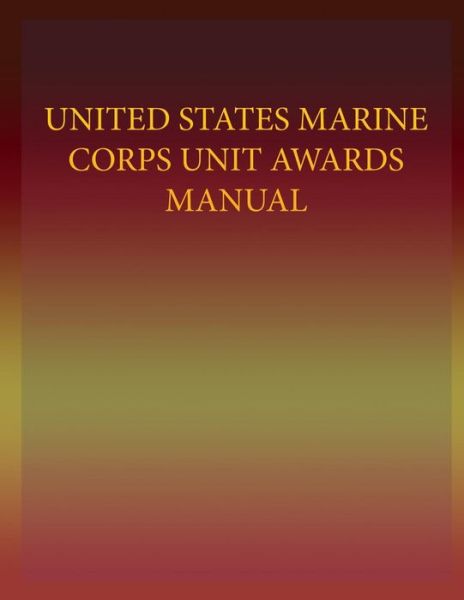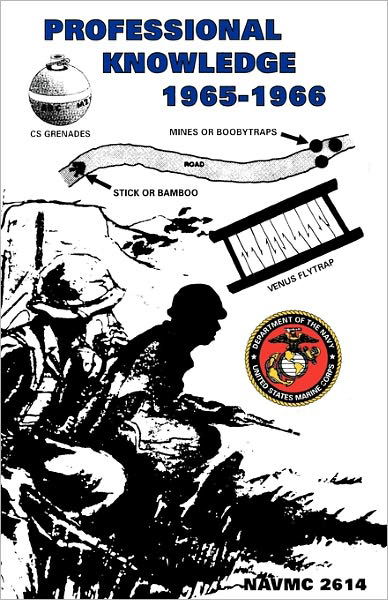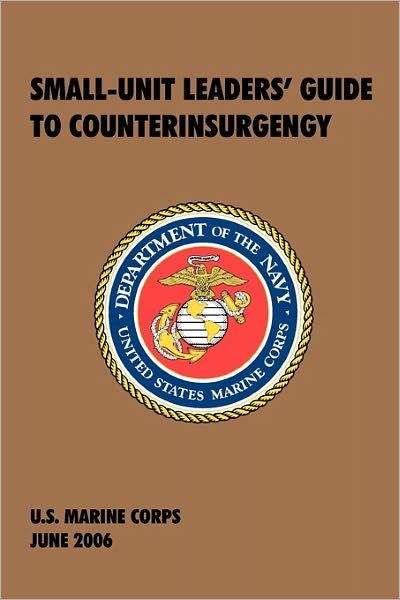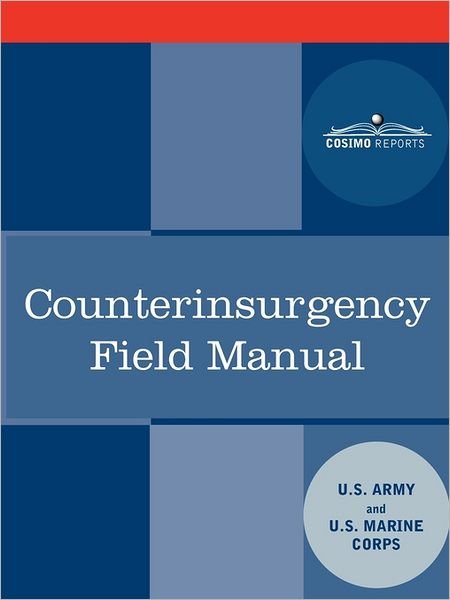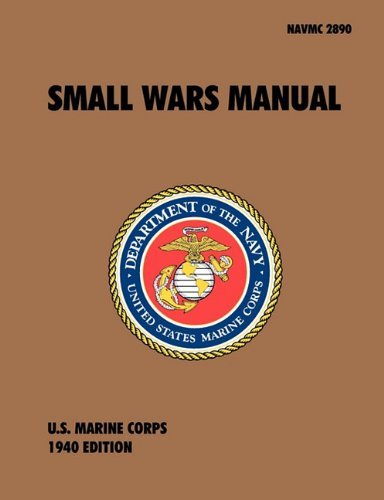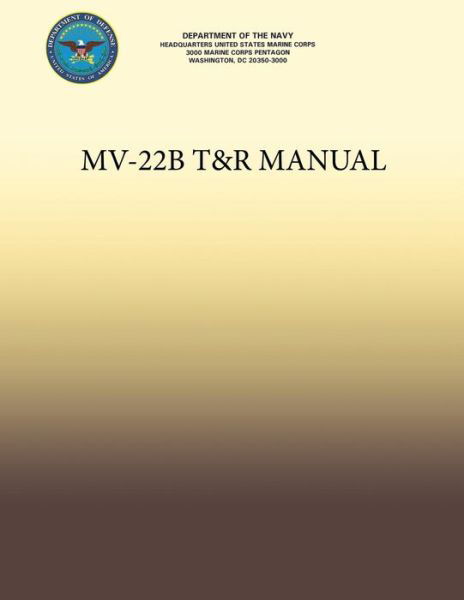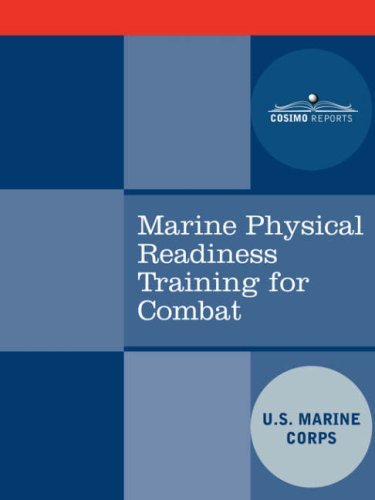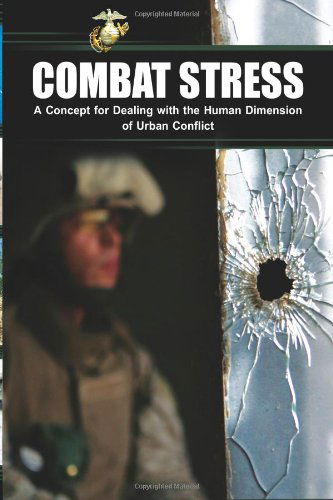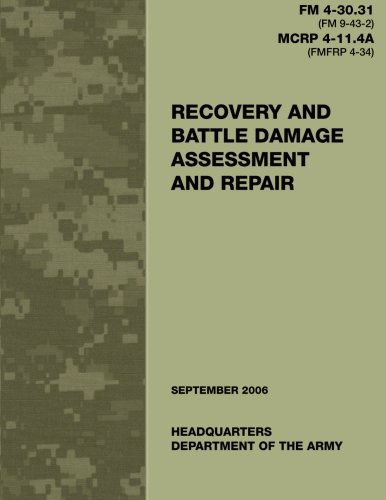
Fortæl dine venner om denne vare:
Recovery and Battle Damage Assessment and Repair (Fm 4-30.31 / Mcrp 4-11.4a)
U.s. Marine Corps
Bestilles fra fjernlager
Recovery and Battle Damage Assessment and Repair (Fm 4-30.31 / Mcrp 4-11.4a)
U.s. Marine Corps
This manual, ?Recovery and Battle Damage Assessment and Repair (FM 4-30.31),? provides the authoritative doctrine guidance on using recovery and repair assets on the battlefield. Practical methods of recovering or repairing equipment (disabled or immobilized) due to hazardous terrain, mechanical failure, or a hostile action are also addressed. Field manual (FM) 4-30.31 is directed toward both the leader and the technician. Tactically, it provides an overview of how recovery and battle damage assessment and repair (BDAR) assets are employed on the battlefield. Technically, it provides principles of resistance and mechanical applications to overcome them. Equipment, rigging techniques, and expedient repairs are summarized as a refresher for recovery-trained military personnel and as general guidance for others. The procedures and doctrine in this manual apply to both wartime operations and military operations other than war. Normally, BDAR should be used when and where standard maintenance practices are not practical because of the mission, enemy, terrain and weather, troops and support available, time available, civil considerations (METT-TC) or METT-T space and logistics (METT-TSL) for USMC. BDAR is not intended to replace standard maintenance practices but rather to supplement them under certain conditions. Standard maintenance procedures provide the best, most effective means of returning disabled equipment to the operational commander?provided adequate time, parts, and tools are available. High-risk battle damage repairs (involving possible danger to personnel or further damage to equipment) are only permitted in emergencies, normally in a battlefield environment, and only when authorized by the unit commander or his designated representative. The goal is to return a combat system to the battlefield in the least amount of time, while minimizing danger to personnel and equipment. BDAR techniques are not limited to simply restoring minimal functional combat capability. If full mission capability can be restored expediently with a limited expenditure of time and assets, it should be restored. This decision is based on METT-TC. Some BDAR techniques, if applied, may result in shortened lifespan or further damage to components. The commander must decide whether the risk of having one less piece of equipment outweighs the risk of applying a potentially destructive field-expedient repair. Each technique provides appropriate warnings and cautions, which list the system?s limitations caused by the action. Personnel must use ground guides and extreme caution when operating recovery assets around or on an aircraft.
| Medie | Bøger Paperback Bog (Bog med blødt omslag og limet ryg) |
| Udgivet | 12. november 2012 |
| ISBN13 | 9781481003452 |
| Forlag | CreateSpace Independent Publishing Platf |
| Antal sider | 126 |
| Mål | 216 × 280 × 7 mm · 312 g |
| Sprog | Engelsk |


